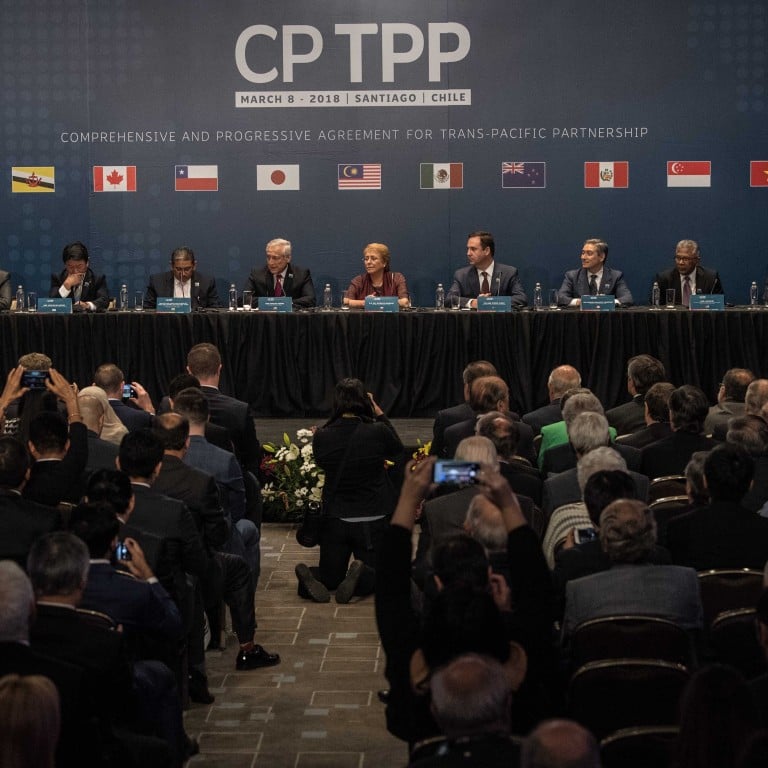
China and the CPTPP: is it time to rethink Beijing’s involvement in the trans-Pacific trade pact?
- China’s attitude towards joining the Comprehensive Progressive Trans-Pacific Partnership Agreement has moved from suspicion to a more open-minded approach
- The trade pact could serve China’s own development goals and would accelerate its market-oriented reforms
In a press conference held for the third session of the 13th National People’s Congress on May 28, Chinese Premier Li Keqiang reaffirmed Beijing’s interest in joining the Comprehensive and Progressive Agreement for Trans-Pacific Partnership.
The CPTPP is the final product of the negotiation of the widely-known Trans-Pacific Partnership (TPP) which was led by the United States from 2008 until US President Donald Trump withdrew from it in January 2017.
For the pre-Trump administrations, the TPP played a crucial role in the US strategic pivot to the Asia-Pacific by seeking to exert influence on regional economic integration and contain the rise of China.
While China was excluded from the negotiations, its attitude toward the TPP has evolved over time from being highly suspicious of the political motivation behind it to open-minded while carefully weighing the pros and cons of the agreement.
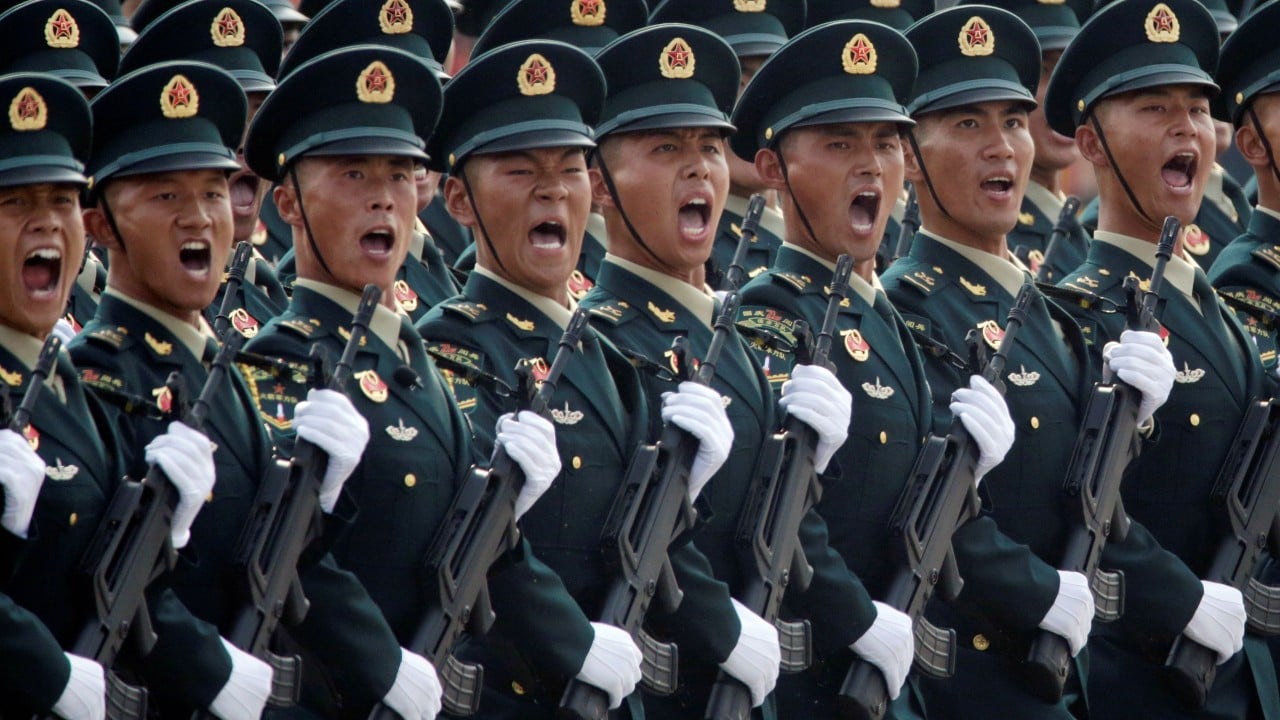
04:12
Are Xi Jinping’s China and Donald Trump’s US destined for armed conflict?
Although Premier Li’s statement is a reiteration of China’s open-minded approach, it did not go beyond the existing position. This suggests that China’s decision-makers and stakeholders remain uncertain as to whether the benefits of the CPTPP membership would outweigh the costs and therefore remain divided on whether to proceed.
Since the CPTPP took effect on December 30, 2018, there has been a strong push for China’s entry both in and outside China. The economic gains from trade expansion, as mentioned above, seem to have become a consensus.
Moreover, it is also believed that joining the CPTPP serves China’s own economic policies and development goals and would accelerate China’s market-oriented reforms. In addition, it would provide an opportunity for China to influence the reshaping of global trade rules and standards of the next generation.
Without the presence of the US, China’s anxiety about the agreement being a politically-driven containment tool has also been alleviated.
China’s continuing concern, however, has been the high standards created by the CPTPP and the potential difficulties in advancing domestic reforms and adjustments to meet those standards.
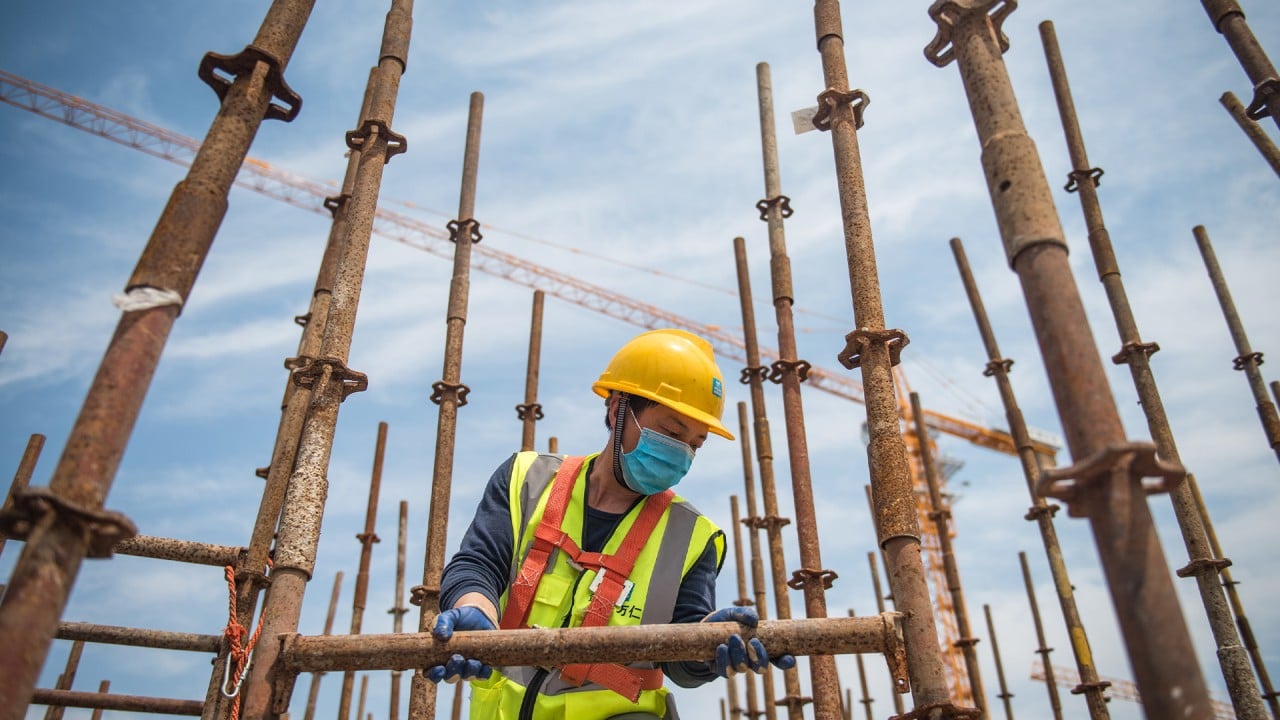
05:02
Coronavirus backlash further fraying China’s ties to global economy
Besides the enhanced level of trade liberalisation, the agreement breaks new ground in many important areas of trade rules such as state-owned enterprises (SOEs) and competition, digital trade, IP protection, and labour and environmental standards.
These new rules and standards have posed formidable challenges for China to comprehend and adapt to. Therefore, China will unlikely take a decisive step to join the club until it is ready to embrace the implications with the political will needed to make the necessary changes.
In the past 18 months, both China’s internal and external circumstances have changed dramatically, making it a good time for China to consider a more active approach.
Despite the ongoing challenges to international trade and global trade rules caused by the crisis at the World Trade Organisation (WTO) and the Covid-19 pandemic, China has taken incremental steps to further open up and economic reforms.
These steps have helped lay the groundwork for China to make the ambitious adjustments that the CPTPP membership would entail. Given China’s past practices, however, these steps would not be sufficient to dispel the entrenched concerns about whether it will live up to the commitments and play by the rules.
The CPTPP accession would not only strengthen the confidence in China’s commitment to economic reforms but would also create a powerful external driving force for China to facilitate the reforms and further integration into the regional and world economy.
Globally, China’s accession to the CPTPP may provide a solution to the US-China trade tensions and the WTO crisis. China’s state-led economic structure and development model has been a long-standing and prominent issue in the global trading system, leading to growing concerns about the efficacy of WTO rules and the significant shift of US trade policies to unilateral actions in dealing with China.
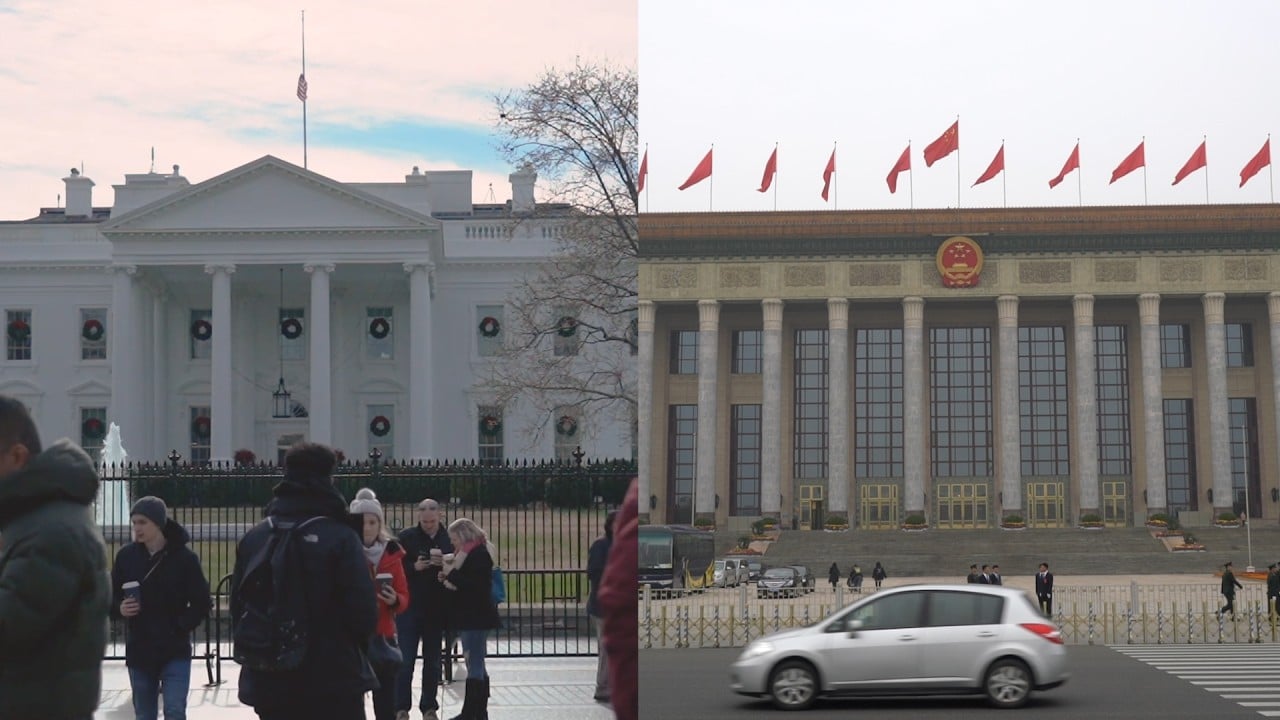
02:06
Coronavirus pandemic creates ‘new Cold War’ as US-China relations sink to lowest point in decades
That is, the deal has institutionalised the unilateral and confrontational approach to resolving trade disputes; left the more systemic issues, such as SOEs, industrial policies and subsidies, untouched; and generated a range of WTO-consistency issues.
These deficiencies and outstanding issues may reignite the bilateral tensions and provoke trade conflicts with other nations which are excluded from the economic benefits derived from China’s unprecedented commitments.
China’s entry into the CPTPP offers an opportunity to address these issues. On the one hand, it provides a platform for the major trading nations to negotiate similar obligations that China undertakes under the deal with the US.
The outcomes of the negotiations would be a compromise acceptable to all CPTPP members, thereby greatly reducing the likelihood of tit-for-tat actions or WTO complaints.
On the other hand, by becoming a member, China shows the willingness and competence to embrace the more rigorous rules and standards on SOEs and competition, thereby addressing some of the most fundamental and contentious issues that have been left for the next phase of the US-China talks.
In short, the admission of China to the CPTPP will play a positive role in managing trade conflicts and developing solutions for the China-specific problems which are a major cause of US deviation from multilateralism.
Most CPTPP members have expressed willingness to admit China to the club. Those who used to be concerned, such as Japan and Australia, may also have become much less so. China not only provides a massive market for Japanese and Australian exports but also has a developing economic relationship with the counterparties.
For example, China has an existing free trade agreement with Australia and is actively engaging in the trilateral trade talks with Japan and Korea.
First is article 32.10 of the new United States-Mexico-Canada Agreement (USMCA), or the so-called “poison pill” clause. This clause requires a party to the USMCA to tell the other parties its intention to negotiate a free-trade agreement with a non-market country at least three months in advance and provide the other parties information on such negotiations as well as an opportunity to review the full text of the new agreement before signature.
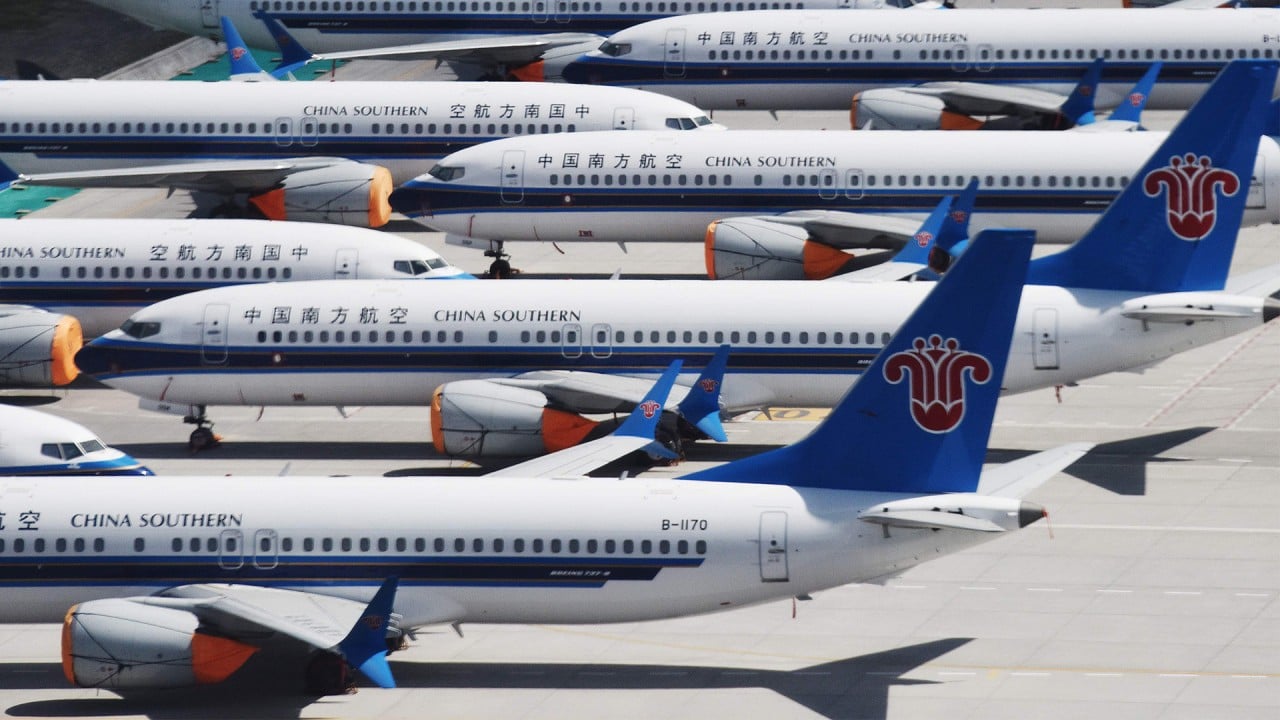
01:39
Trump administration bans Chinese passenger airlines from flying to US destinations
If unhappy with the new agreement, the other parties may “terminate this Agreement on six months’ notice and replace this Agreement with an agreement as between them (bilateral agreement)”. Essentially, this clause provides the US with the power to watch over the shoulders of Canada or Mexico when they negotiate with China new free trade agreements, which would include the CPTPP.
At the end of the day, it will boil down to whether these countries deem concessions from China in the CPTPP accession significant enough to offset any drawbacks from a renegotiation with the US.
It is not inconceivable that Canada, one of the leaders of the CPTPP that also gave the agreement its new name, would be reluctant to launch a negotiation with China for fear of domestic backlashes.
Third, on the Chinese side, there might be some reservations too. In addition to the political issues mentioned earlier, an argument could be made that, economically, a CPTPP without the US would not provide a big enough market for China.
However, given the uncertainties over the US-China trade relationship, it might be prudent for China to explore alternative export markets and the CPTPP countries could be a nice start.
By now, China should have done sufficient research on the CPTPP rules and the implications of the membership, a process commenced seven years ago. Although domestic adjustments will be complicated and time consuming, it should not stop China from taking a more ambitious approach by formally requesting for accession.
This will send a strong message that China is committed to the market-based economic transformation and playing a more responsible role in the global community in times of crisis.
Weihuan Zhou is senior lecturer and member of the Herbert Smith Freehills China International Business and Economic Law Centre, Faculty of Law, University of New South Wales Sydney.
Henry Gao is Associate Professor at Singapore Management University.


